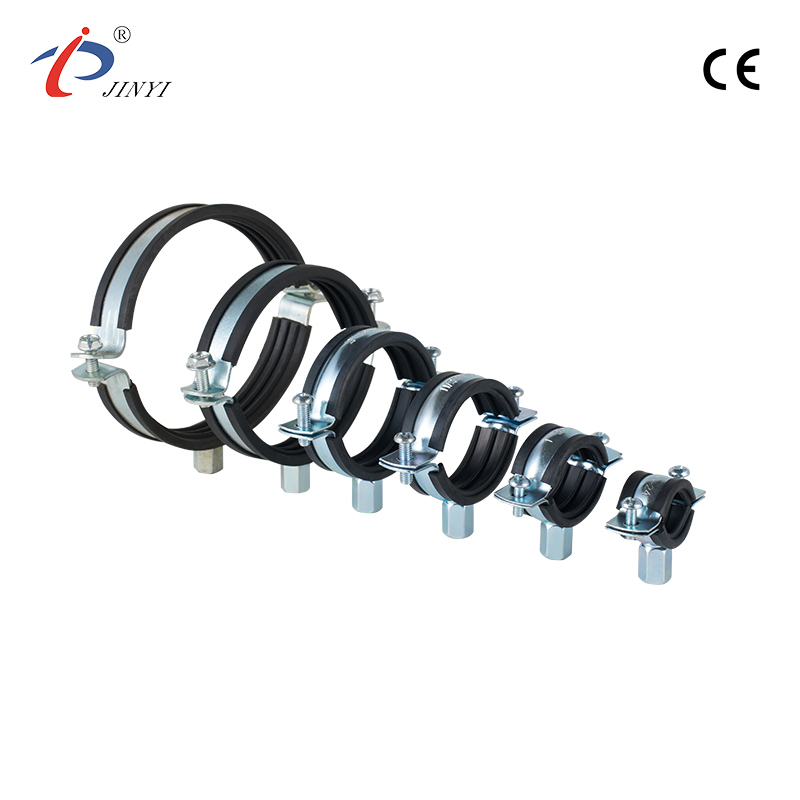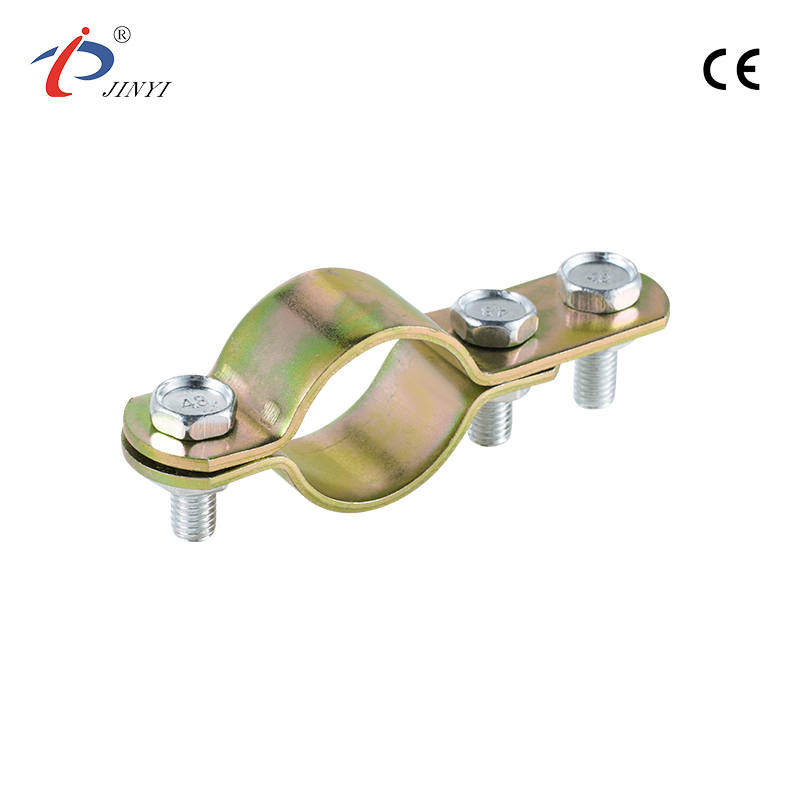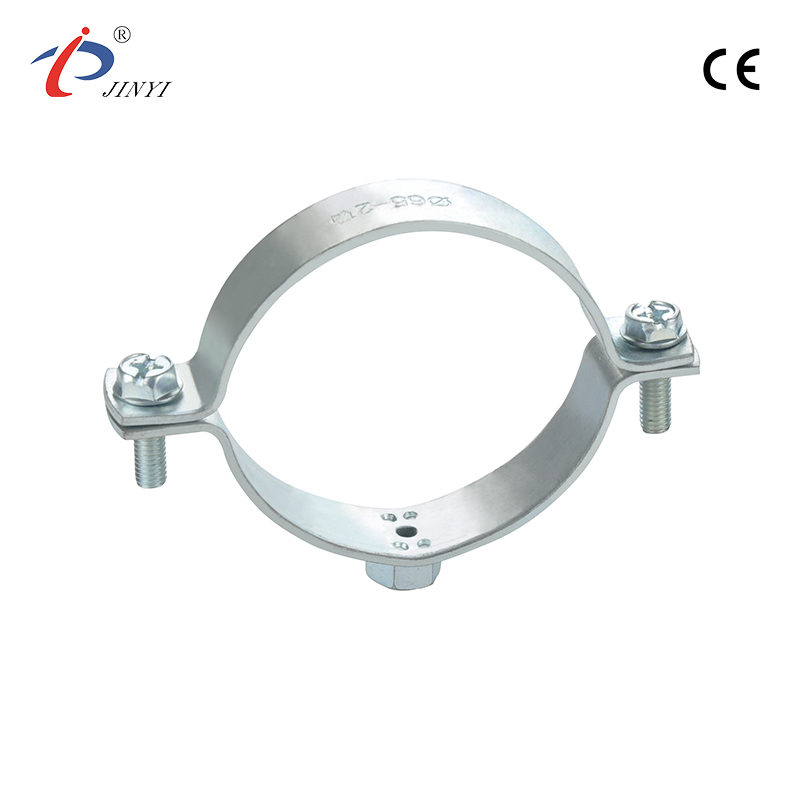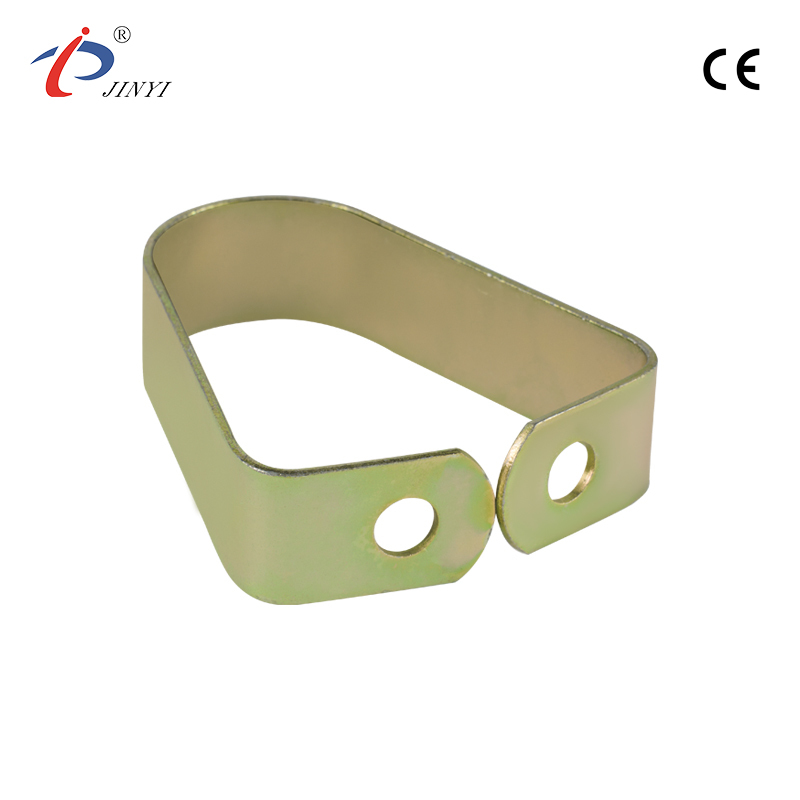Why Is Choosing the Right Shower Bases Support Frame Essential for a Durable Bathroom
2025-11-07
Bathroom renovations and installations require careful planning to ensure both functionality and durability. One often overlooked element is the foundation supporting the shower base. A well-designed Shower Bases Support Frame provides stability, reduces potential damage, and contributes to a longer lifespan for the shower area. This equipment has become increasingly popular in residential and commercial projects because it addresses common issues associated with weak or uneven shower bases.
Understanding the benefits, key selection considerations, and common installation mistakes can help homeowners, contractors, and designers make informed decisions. This article explores how to choose the right frame, why it enhances the performance of your shower base, and what to avoid during installation.
Why a Support Frame Matters
Stability and Weight Distribution
Shower bases must carry the weight of water, people, and sometimes additional materials such as tiles or stone overlays. A Shower Bases Support Frame distributes this weight evenly across the floor structure, preventing sagging or cracking over time. This even distribution ensures the shower base remains level and secure, avoiding small issues that could lead to expensive repairs if left unaddressed.
Longevity of the Shower Base
Without adequate support, shower bases can experience stress points that reduce durability. Over time, heavy usage or uneven flooring may lead to deformation or fractures. By installing a frame that provides continuous support beneath the base, the overall lifespan of the shower is improved. This benefit applies to both residential bathrooms and high-traffic commercial environments, where stability is critical.
Ease of Installation and Future Maintenance
Support frames simplify the installation process by offering a solid, level foundation. This minimizes the need for corrective adjustments during construction and reduces the likelihood of future problems. Additionally, many frames allow for easier access to plumbing components, making maintenance or repairs less disruptive and more efficient.
Key Considerations When Selecting a Shower Bases Support Frame
Choosing the right frame involves evaluating several factors to match the specific requirements of your project. The following elements should guide the decision-making process:
| Consideration | Reason | Application |
|---|---|---|
| Material | Determines durability and resistance to moisture | Aluminum, stainless steel, or reinforced plastics are common options |
| Weight Capacity | Ensures the frame can handle full load safely | Suitable for tiled or stone shower bases |
| Compatibility | Matches the dimensions and shape of the shower base | Rectangular, square, or custom shower designs |
| Adjustability | Allows leveling on uneven floors | Residential renovations or retrofit projects |
| Ease of Installation | Reduces time and labor during setup | DIY projects and professional installations |
This table provides a structured view of the most critical features to evaluate when selecting a Shower Bases Support Frame, helping ensure that the foundation meets both immediate and long-term needs.
Common Installation Mistakes and How to Avoid Them
Even with the right frame, improper installation can compromise its benefits. Understanding common pitfalls helps ensure the frame performs effectively.
Ignoring Floor Leveling
A frame installed on an uneven or unstable floor will not provide proper support. Before installation, it is essential to verify that the subfloor is level. Minor adjustments may be required to accommodate slopes or irregularities. This step prevents stress points and uneven weight distribution on the shower base.
Incorrect Fastening or Spacing
Frames must be secured according to recommended guidelines. Improper spacing or insufficient fastening can result in movement under load, leading to cracks or structural issues. Ensuring that the frame components are properly aligned and tightened is crucial for long-term stability.
Neglecting Material Compatibility
Not all shower bases are compatible with every type of frame. Choosing a frame without considering the base material can result in uneven support, warping, or reduced durability. It is important to match the frame to the specific type of base—whether acrylic, fiberglass, or stone composite—to achieve optimal results.
Overlooking Maintenance Access
A frame should not obstruct access to plumbing or drainage systems. Designers and installers must plan for convenient maintenance without removing the entire frame, saving time and avoiding unnecessary work during future repairs.
Additional Benefits of Using a Support Frame
Enhanced Safety
A properly supported shower base reduces the risk of accidental tipping, cracking, or uneven flooring. This safety aspect is particularly important in homes with children, elderly residents, or high-traffic commercial settings.
Improved Workflow During Installation
Support frames streamline the installation process by providing a consistent level and stable foundation. This efficiency helps installers complete projects faster, reduce material waste, and avoid the need for repeated adjustments.
Environmental Considerations
Durable frames made from corrosion-resistant or recyclable materials support sustainable construction practices. By extending the lifespan of the shower base, these frames contribute to less frequent replacements and reduced material consumption over time.
Selecting the right Shower Bases Support Frame is an essential step in achieving a stable, long-lasting, and safe shower installation. By considering factors such as material, weight capacity, adjustability, and compatibility, homeowners and contractors can ensure the foundation meets project requirements and supports long-term performance. Avoiding common installation mistakes—such as improper leveling, incorrect fastening, and mismatched materials—further enhances the benefits of the frame.
A well-installed support frame improves weight distribution, reduces stress on the shower base, and simplifies maintenance. It also contributes to overall safety and efficiency during installation, making it a valuable addition to both residential and commercial bathroom projects. Investing in the right frame not only protects the shower base but also supports practical and sustainable bathroom management practices.



 русский
русский  Español
Español 









